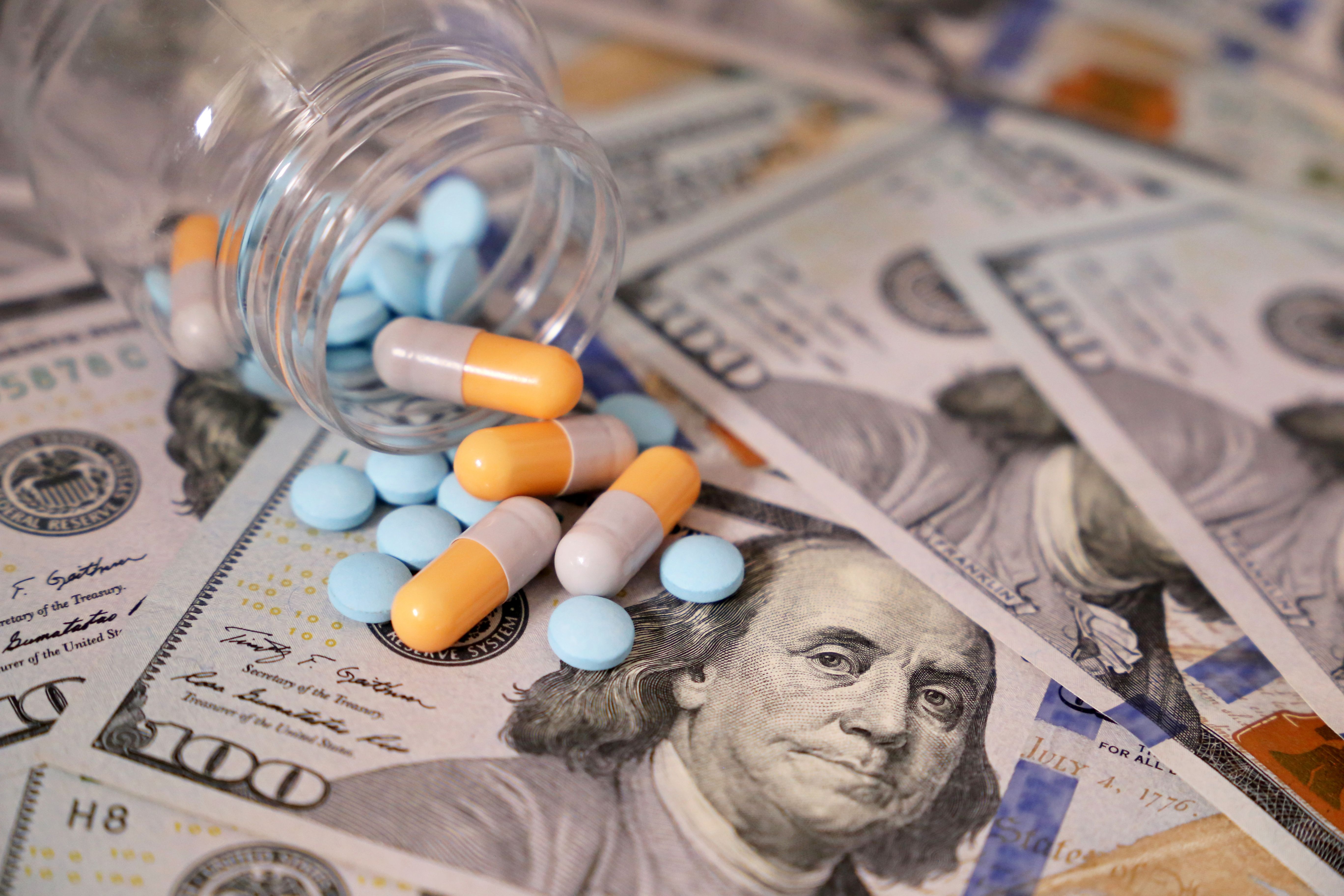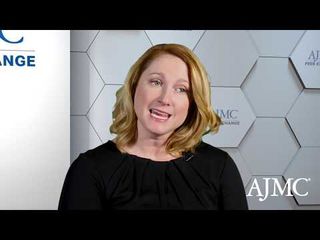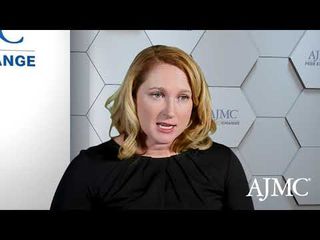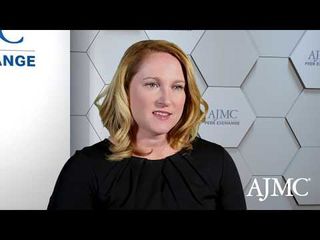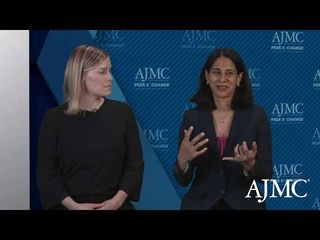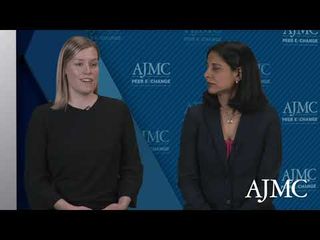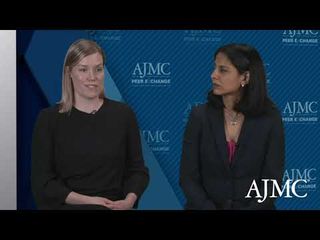
Health Care Delivery
Latest News
Video Series

Latest Videos
Shorts
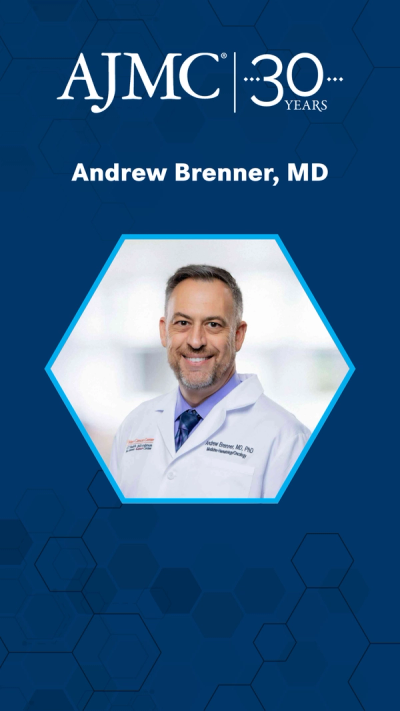

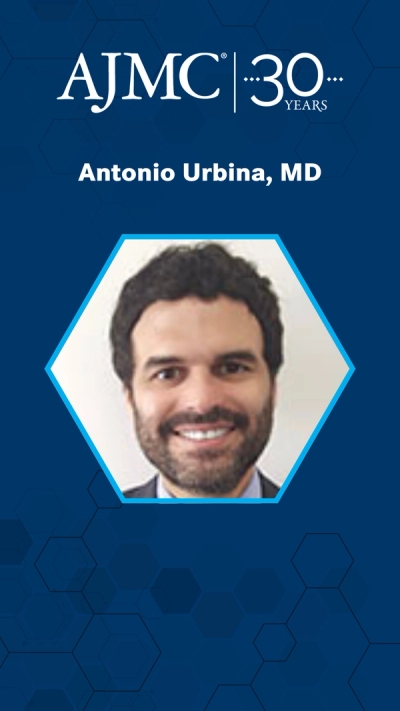
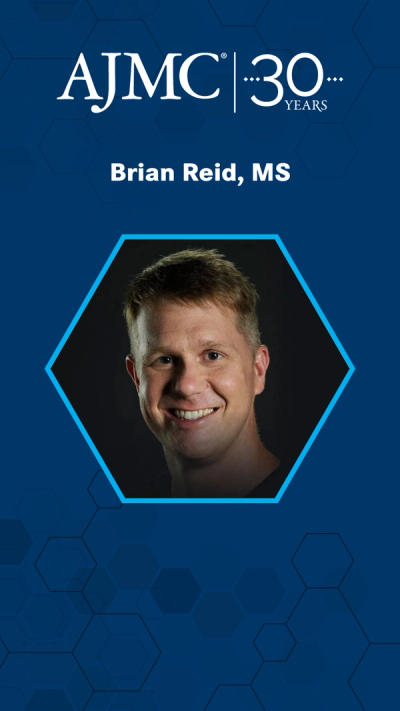

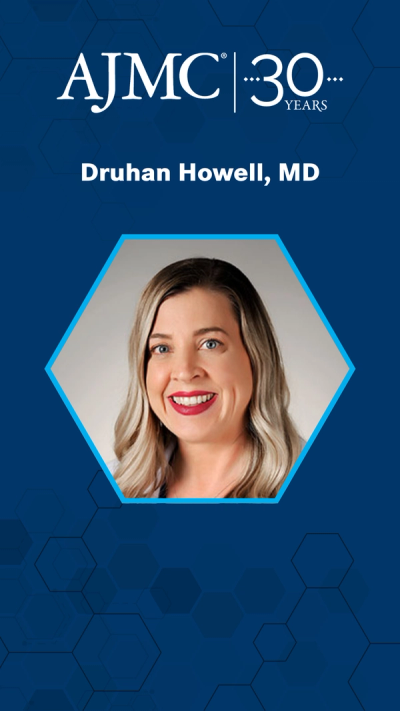




Podcasts
CME Content
More News

New research reveals that quick sleep onset may lower hypertension risk, challenging traditional views on sleepiness and cardiovascular health.

Reflect on the challenges in health equity, care access, and policy shifts impacting health insurance and clinical research in 2025.

Intranasal etripamil was approved to self-treat episodes of paroxysmal supraventricular tachycardia, supported by phase 3 RAPID trial data.

A new study finds patients with unmet social needs like housing or transportation face higher ED and inpatient use and that resolving these needs may reduce utilization.

The foundation of medically integrated pharmacy includes 7 critical pillars. This commentary focuses on the benefits of 3 of those pillars: abandonment, adherence, and access/affordability.

AHA 2025 highlights included new guidelines and targeted approaches advancing heart failure and cardiovascular care.

Blinatumomab enhances survival in pediatric B-cell ALL, yet homecare challenges hinder its outpatient delivery.

Pediatric atopic dermatitis advances, ruxolitinib safety, IgE insights, and more at the Society for Pediatric Dermatology (SPD) 2025 meeting.

Camizestrant significantly improves progression-free survival in advanced breast cancer patients with ESR1 mutations.

Most Medicare beneficiaries perceived low health care burdens, but 1 in 4 Medicare Advantage enrollees with at least 6 chronic conditions experienced high administrative and financial burdens.

Psychotherapy is key in reducing risk of depression relapse when tapering antidepressant medication.

Cervical cancer screening adherence drops below 10%, highlighting confusion over evolving guidelines and significant disparities in HPV awareness.

As value-based care mandates expand, a new survey highlights documentation burdens and burnout risks.

A phase 2 trial demonstrated substantial weight loss with the long-acting peptide–antibody conjugate, as well as other cardiometabolic improvements.
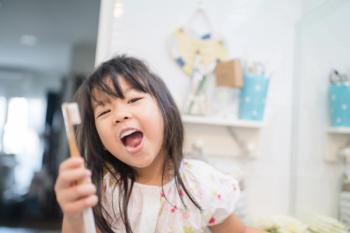
Public health dental hygienists expand dental care access and oral health education in underserved communities, improving overall health outcomes.

ACIP delayed the vote on the hepatitis B vaccine schedule amid ongoing controversy and misinformation surrounding vaccine safety and infant immunization.
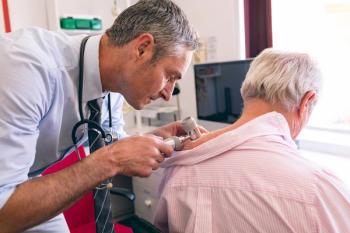
Polarized dermatoscopes produced higher-quality teledermatology images but at greater cost, raising questions about feasibility and equitable access.

With ACA subsidies ending in 2025, Ben Light explains how rising premiums may push individuals toward ICHRAs and reshape employer health coverage strategy.

A new study shows fee-for-service care is linked to higher odds of low-value surgery, suggesting salaried models may reduce unnecessary procedures.
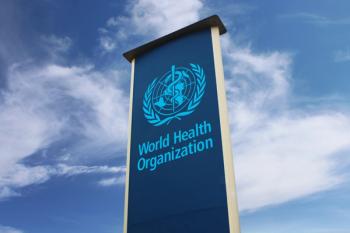
The guidelines highlight the need for lifelong obesity management, early diagnosis, comorbidity prevention, and patient-centered care.
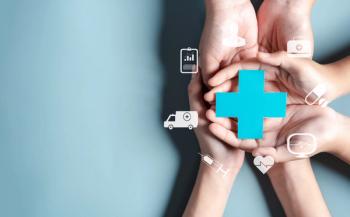
New research shows immigrant children face higher odds of unmet medical needs as federal and state coverage rules narrow.
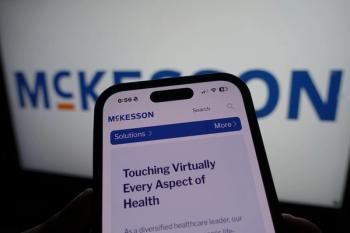
McKesson's report highlights key trends in community oncology, emphasizing patient-centered care, precision medicine, and the need for innovative clinical trials.
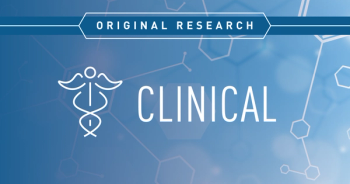
Within the same physician groups, 2-sided risk in Medicare Advantage (MA) was associated with higher quality and lower utilization for dually eligible beneficiaries compared with fee-for-service MA and traditional Medicare.
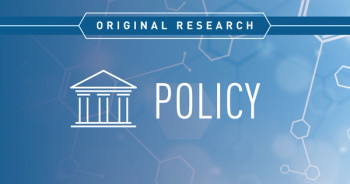
Medicare Advantage beneficiaries with mental health diagnoses see more nurse practitioners and fewer internal medicine and emergency medicine specialists after switching to traditional Medicare.
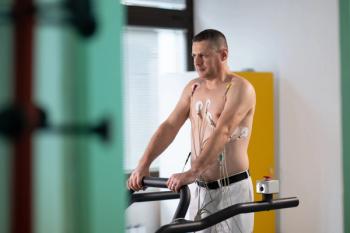
Long-term data suggest stress echocardiography can uncover impaired exercise capacity and predict worse outcomes in patients.



